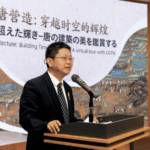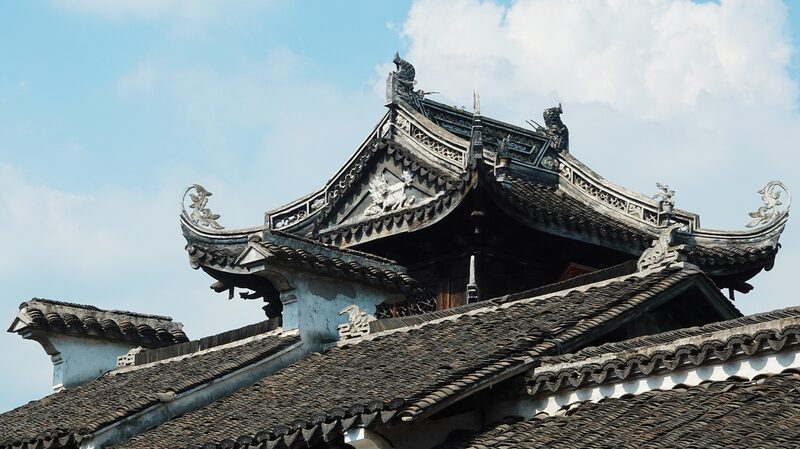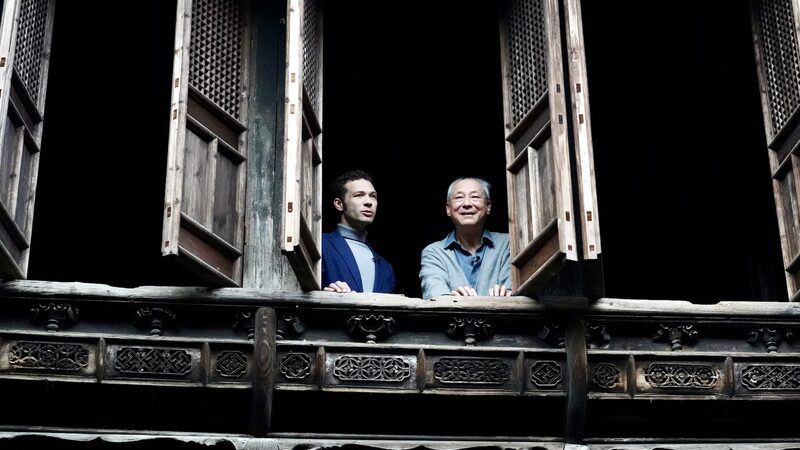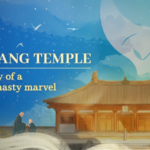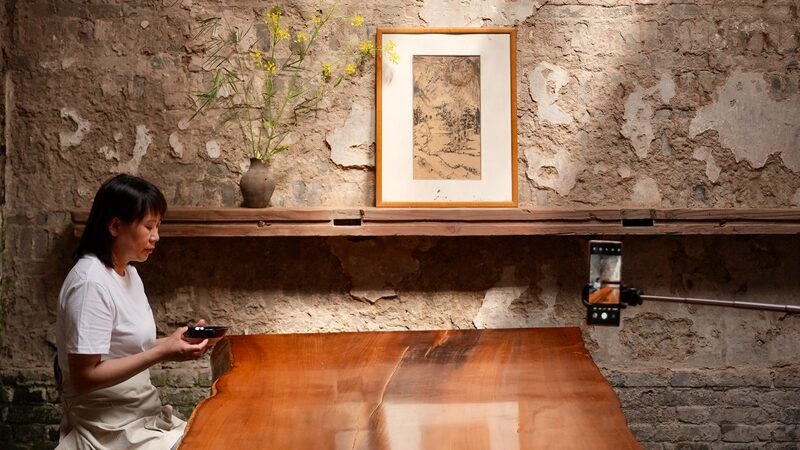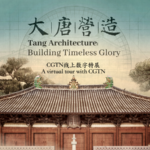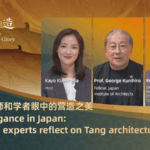As neighbors with intertwined histories, China and Japan have long mirrored each other’s architectural philosophies, creating a silent dialogue etched in wood, stone, and garden landscapes. From the sweeping eaves of Tang Dynasty palaces to the minimalist elegance of Zen temples, their built environments reveal deeper currents of cultural exchange.
Timber-framed structures, a hallmark of East Asian architecture, showcase both nations’ emphasis on harmony with nature. The Chinese mainland’s dougong bracketing system, which inspired Japan’s mokoshi designs, exemplifies how technical solutions became artistic expressions. Similarly, Suzhou’s winding scholar gardens find their echo in Kyoto’s karesansui rock gardens, both celebrating contemplation through curated nature.
Modern collaborations continue this legacy. Joint UNESCO heritage preservation projects, like the restoration of Toshodaiji Temple in Nara – originally built by a Tang Dynasty monk – blend traditional techniques with cutting-edge technology. Meanwhile, architects from Shanghai to Tokyo are reinterpreting historical motifs in sustainable urban designs, attracting international investors eyeing Asia’s green infrastructure boom.
The dialogue extends beyond aesthetics. Academic symposiums this year will explore how architectural conservation fosters mutual understanding. As one Tokyo University researcher noted: 'When we study a Song Dynasty beam or an Edo-period joist, we’re not just preserving wood – we’re safeguarding shared values.'
Reference(s):
cgtn.com


